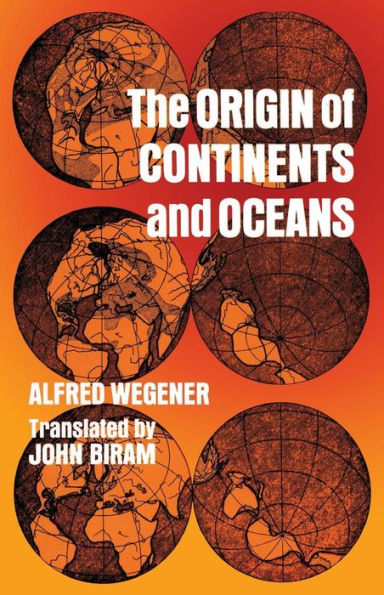5
1
9780486617084



The Origin of Continents and Oceans available in Paperback, eBook

The Origin of Continents and Oceans
- ISBN-10:
- 0486617084
- ISBN-13:
- 9780486617084
- Pub. Date:
- 12/14/2011
- Publisher:
- Dover Publications
- ISBN-10:
- 0486617084
- ISBN-13:
- 9780486617084
- Pub. Date:
- 12/14/2011
- Publisher:
- Dover Publications

The Origin of Continents and Oceans
$19.95
19.95
In Stock

Product Details
| ISBN-13: | 9780486617084 |
|---|---|
| Publisher: | Dover Publications |
| Publication date: | 12/14/2011 |
| Series: | Dover Earth Science Series |
| Edition description: | Revised ed. |
| Pages: | 272 |
| Sales rank: | 532,319 |
| Product dimensions: | 5.50(w) x 8.50(h) x 0.58(d) |
About the Author
From the B&N Reads Blog
